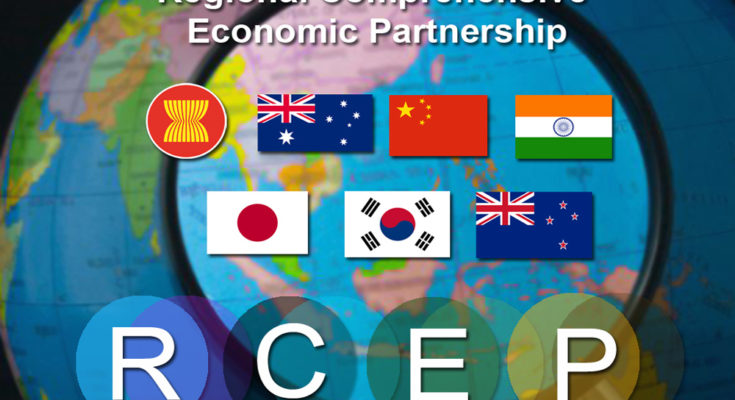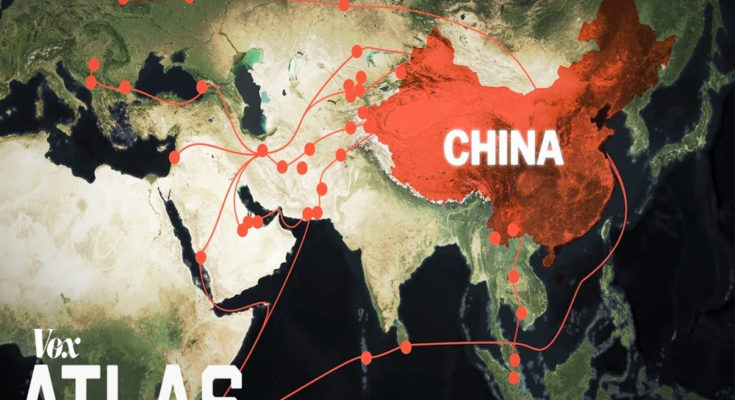
China in 2012: What’s Next for a Developing Economy
It is almost impossible to open a newspaper or open a world news station without finding stories that cover China’s economic growth in recent years. With a consistent annual growth rate of around 10 percent over the past decade and the title of the country which is the largest global exporter of goods, this country is a center of industrial strength that can be understood as the goal of many companies considering international expansion.
Witnessing China’s meteoric rise over the past few decades has been interesting, but the latest news about slowing growth raises the question: What will happen next for this growing economy? Is growth sustainable? What factors will emerge and what challenges will develop for those who want to do business in this opportunity-rich country?
Global interconnectedness and the impact of a connected world economy
An economy that has traditionally been seen as a foundation for the health …
China in 2012: What’s Next for a Developing Economy Read More

